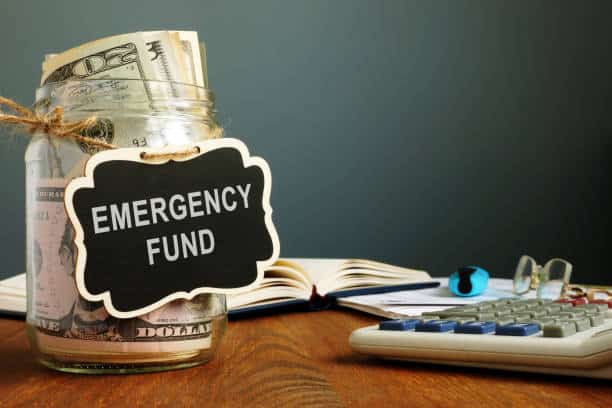Emergencies happen, and they happen unexpectedly. A car breakdown, a medical emergency, or a job loss can happen at any time, and without proper preparation, these events can cause financial stress and hardship. One of the best ways to prepare for these unexpected events is to have an emergency fund. In this article, we will explore the importance of having an emergency fund and how it can help you navigate through unexpected financial challenges.
What is an emergency fund?
An emergency fund is a savings account that is set aside specifically for unexpected expenses. The money in this account should be easily accessible, so it can be used in case of an emergency. It is not meant to be used for everyday expenses or non-essential purchases. The idea is to have enough money saved to cover your expenses for at least three to six months.
Why is an emergency fund important?
- Protection against unexpected events: Life is unpredictable, and emergencies happen. Having an emergency fund provides a safety net that can help you navigate through unexpected events, such as a job loss or medical emergency, without incurring debt.
- Peace of mind: Knowing that you have a cushion of money set aside for emergencies can give you peace of mind. You won’t have to worry about how you will pay for unexpected expenses, which can help reduce stress.
- Avoid debt: An emergency fund can help you avoid going into debt. Instead of relying on credit cards or loans to cover unexpected expenses, you can use the money in your emergency fund. This can help you avoid accruing high-interest debt that can be difficult to pay off.
- Achieving financial goals: Having an emergency fund can also help you achieve your financial goals. By setting aside money for unexpected expenses, you can focus on other financial goals, such as saving for retirement or a down payment on a house.
How to start an emergency fund
- Set a goal: The first step in starting an emergency fund is to set a goal. Decide how much you want to save and when you want to reach that goal.
- Determine your expenses: The next step is to determine your expenses. Look at your budget and figure out how much you need to cover your expenses for three to six months. This will give you a rough idea of how much you need to save.
- Open a separate savings account: It is important to have a separate savings account for your emergency fund. This will make it easier to track your savings and keep your emergency fund separate from your other savings.
- Automate your savings: Automating your savings is a great way to make sure you are consistently saving for your emergency fund. Consider setting up automatic transfers from your checking account to your emergency fund savings account.
- Revisit your goal: It is important to revisit your goal and adjust it as needed. As your income or expenses change, you may need to adjust your savings goal.
Conclusion
An emergency fund is an essential tool for navigating unexpected financial challenges. It provides a safety net that can help you avoid debt and achieve your financial goals. By setting a goal, determining your expenses, opening a separate savings account, automating your savings, and revisiting your goal, you can start building an emergency fund that will give you peace of mind and help you navigate through unexpected events. Remember to focus on your emergency fund and not to dip into it unless it is a true emergency. Start small and gradually increase your savings, and you will be on your way to having a secure emergency fund.
